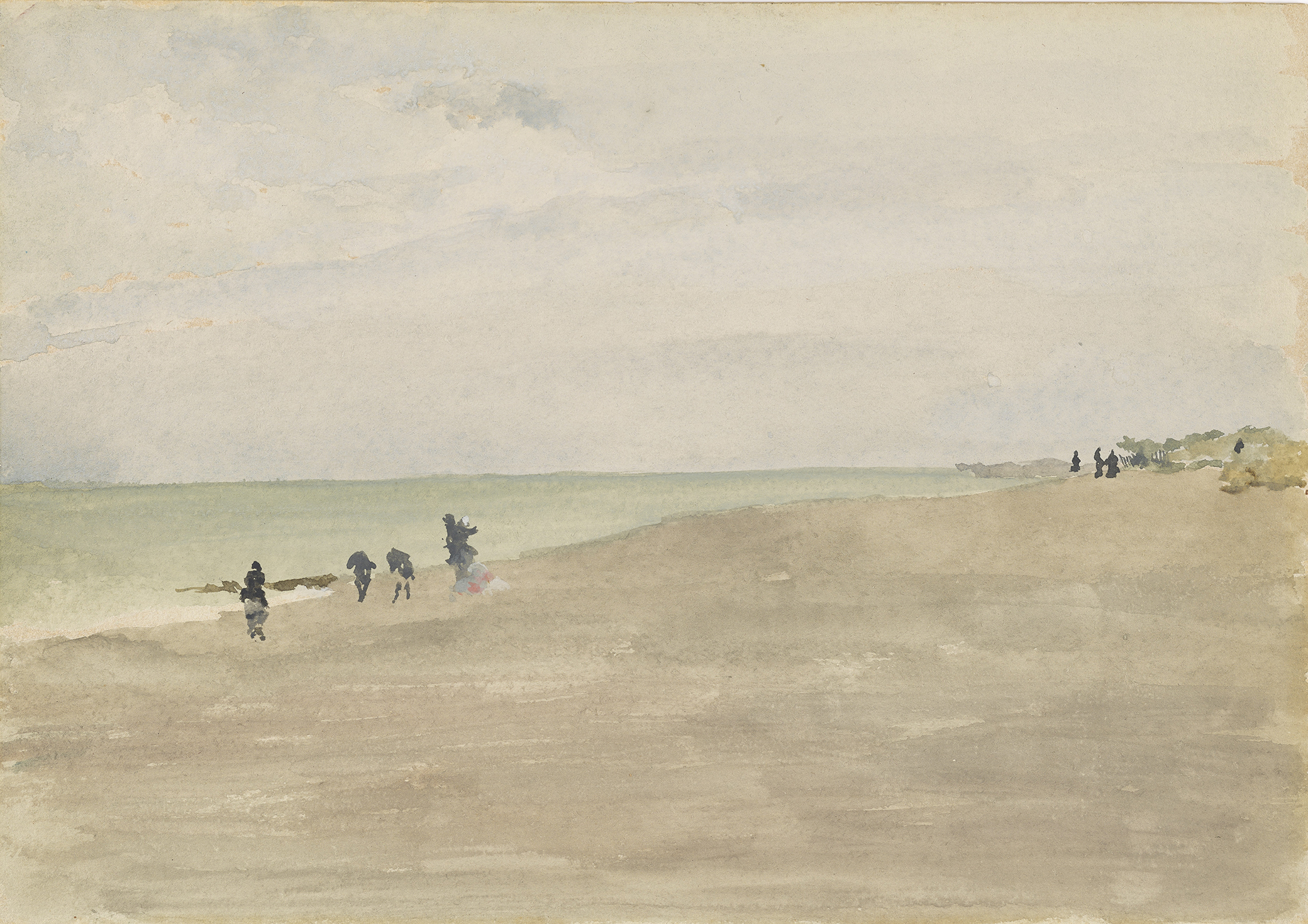
Opal Beach, by James McNeill Whistler. Freer Gallery of Art and Arthur M. Sackler Gallery, gift of Charles Lang Freer, 1882–84.
• “An ancient coronavirus, or a closely related pathogen, triggered an epidemic among ancestors of present-day East Asians roughly 25,000 years ago.” (Science News)
• “How the Largest Animals That Could Ever Fly Supported Giraffe-Like Necks.” (New York Times)
• “How did medieval people perceive the arrival of spring?” (Medievalists.net)
• Fun fact: “the first recorded instance of the use of crush in a romantic sense, to mean a person one is infatuated with, is from 1884, in the diary of Isabella Maud Rittenhouse. As in: ‘Wintie is weeping because her crush is gone.’ By 1913, it had entered usage as a verb.” (The Believer)
• “The widespread commercial reproduction of Haeckel’s work continues to reinforce antiquated and potentially harmful ideas of what makes life and the ecosystem beautiful.” (AIGA Eye on Design)
• “The range of employment open to canine workers is nothing like it was in medieval Europe.” (JSTOR Daily)
• “Some 100,000 years ago, an extended family of thirty-six Neanderthals walked along a beach, with the kids jumping and frolicking in the sand, scientists report after analyzing the beachgoers’ fossilized footprints in what is now southern Spain.” (Live Science)
• A history of the names of New York. (NewYorker.com)
• “How Soviet Children’s Books Became Collectors’ Items in India.” (Atlas Obscura)
• Medieval pandemic cures. (Library of Congress Blog)
• This week in obituaries: DMX, Bernie Madoff, Prince Philip, Richard Rush, Marshall D. Sahlins, I.A. Rehman, Myra Frances, Peter Manso, Donald P. Ryder, Ramsey Clark, Benita Rapham, Conn Findlay, Burt Pugach, John Naisbitt, Simon Bainbridge, Martina Batan, John Topping, Sonny Simmons, Frank Jacobs, Ethel Gabriel, Mary Ellen Moylan, and Brian Gardiner.